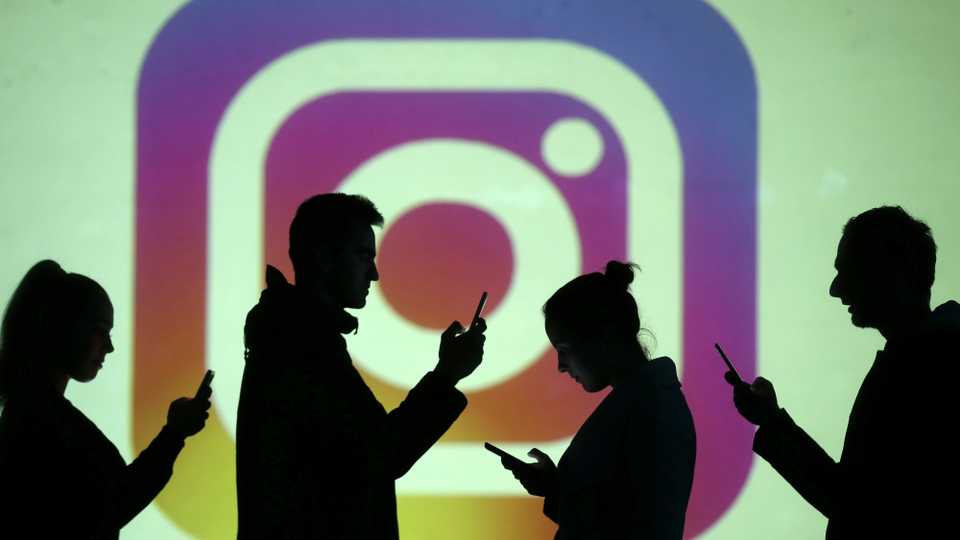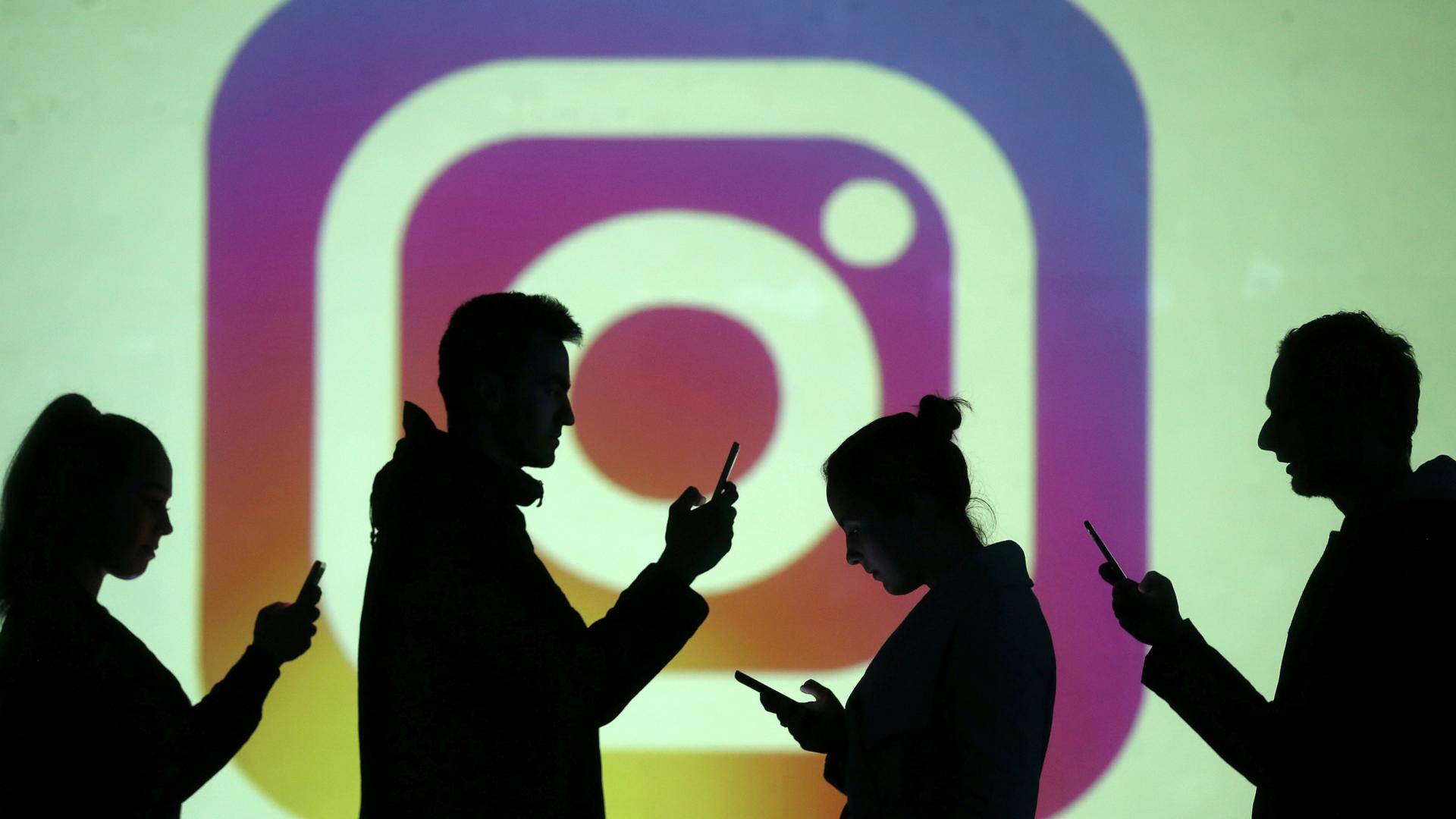
Facebook Inc’s Instagram has said that it is making changes to its image sharing platform to prevent the spread of misinformation around the US presidential election.
For users in the United States, Instagram will temporarily remove the “Recent” tab from hashtag pages starting on Thursday, it said in a statement on Twitter.
“We’re doing this to reduce the real-time spread of potentially harmful content that could pop up around the election,” the statement added.
READ MORE: Facebook rejects over 2 million ads ahead of US election
Starting today, for people in the U.S. we will temporarily remove the “Recent” tab from hashtag pages. We’re doing this to reduce the real-time spread of potentially harmful content that could pop up around the election.
— Instagram Comms (@InstagramComms) October 29, 2020
Automated amplification
Instagram’s “Recent” tab arranges hashtags in chronological order and amplifies content. Researchers have cautioned that automated amplification can lead to the rapid spread of misinformation on the platform.
The development comes as social media companies face increasing pressure to combat election-related misinformation and prepare for the possibility of violence or poll place intimidation around the November 3 vote.
Earlier this month, Twitter Inc said it would remove tweets calling for people to interfere with the US election process or implementation of election results, including through violence.
Twitter recently announced several temporary steps to slow amplification of content: for example, from October 20 to at least the end of the US election week, global users pressing “retweet” will be directed first to the “quote tweet” button to encourage people to add their own commentary.
READ MORE: Twitter, Facebook bosses in hot seat with Senate over Hunter Biden content
Twitter said it will also stop surfacing trending topics without added context. Its decision to hit the brakes on automated recommendations contrasts with the approach at Facebook, which has previously boosted promotion of its groups product.
READ MORE: How social media and tech fuel the far right, explained










Discussion about this post